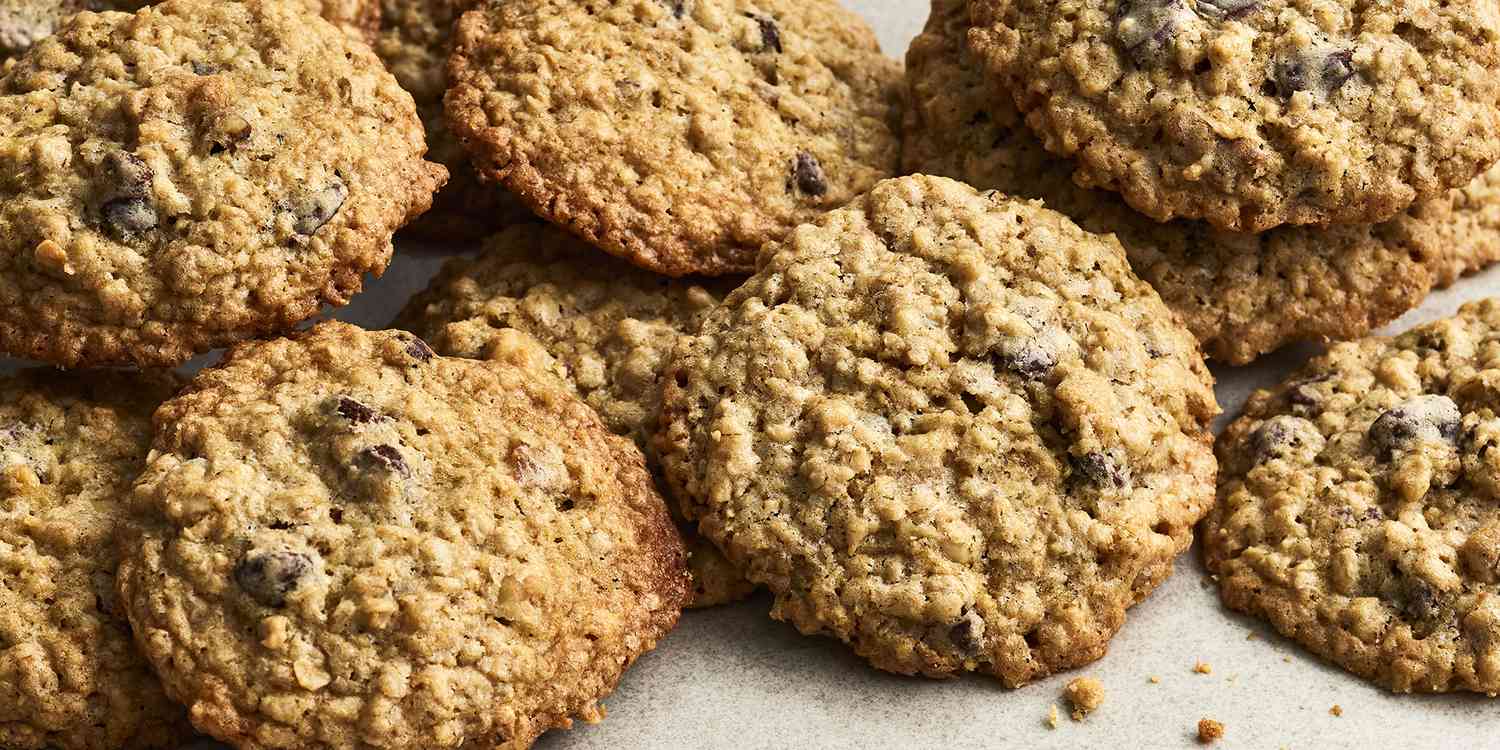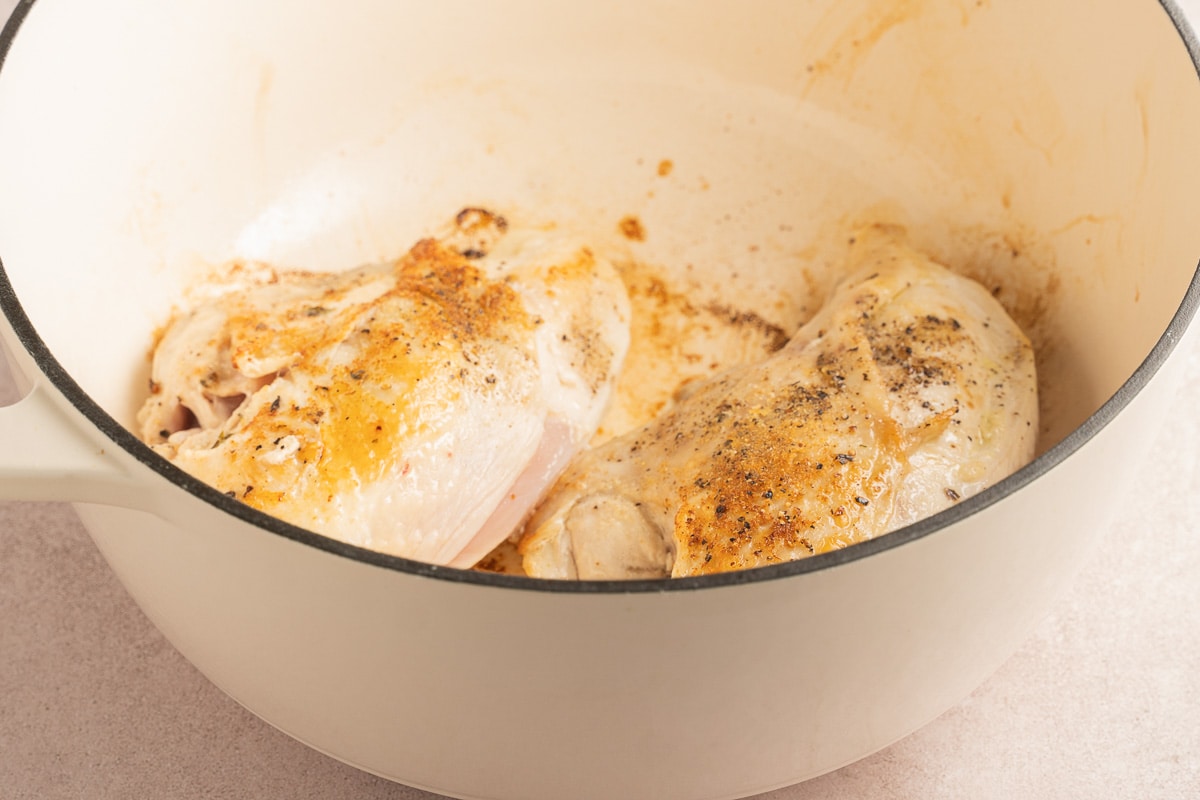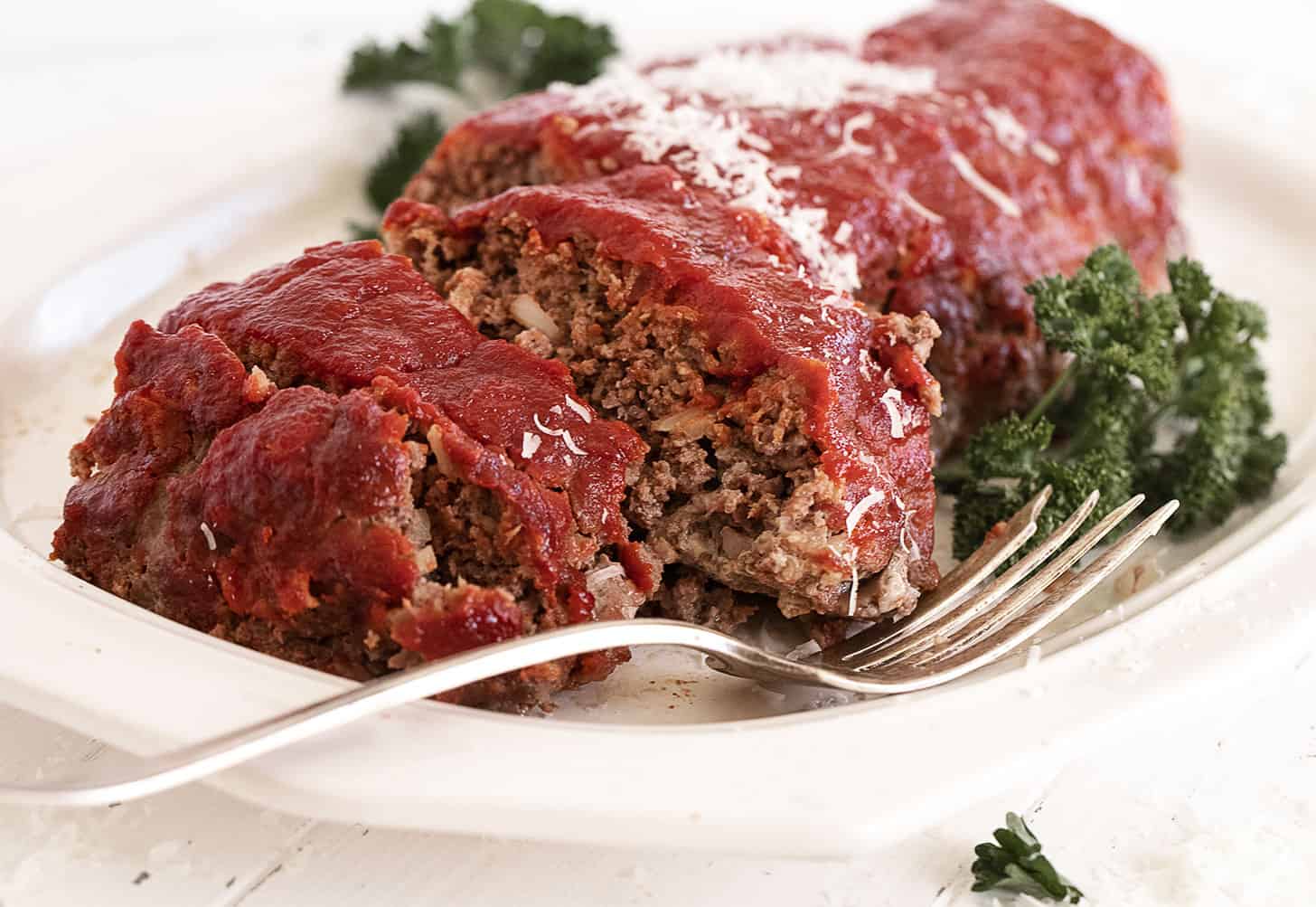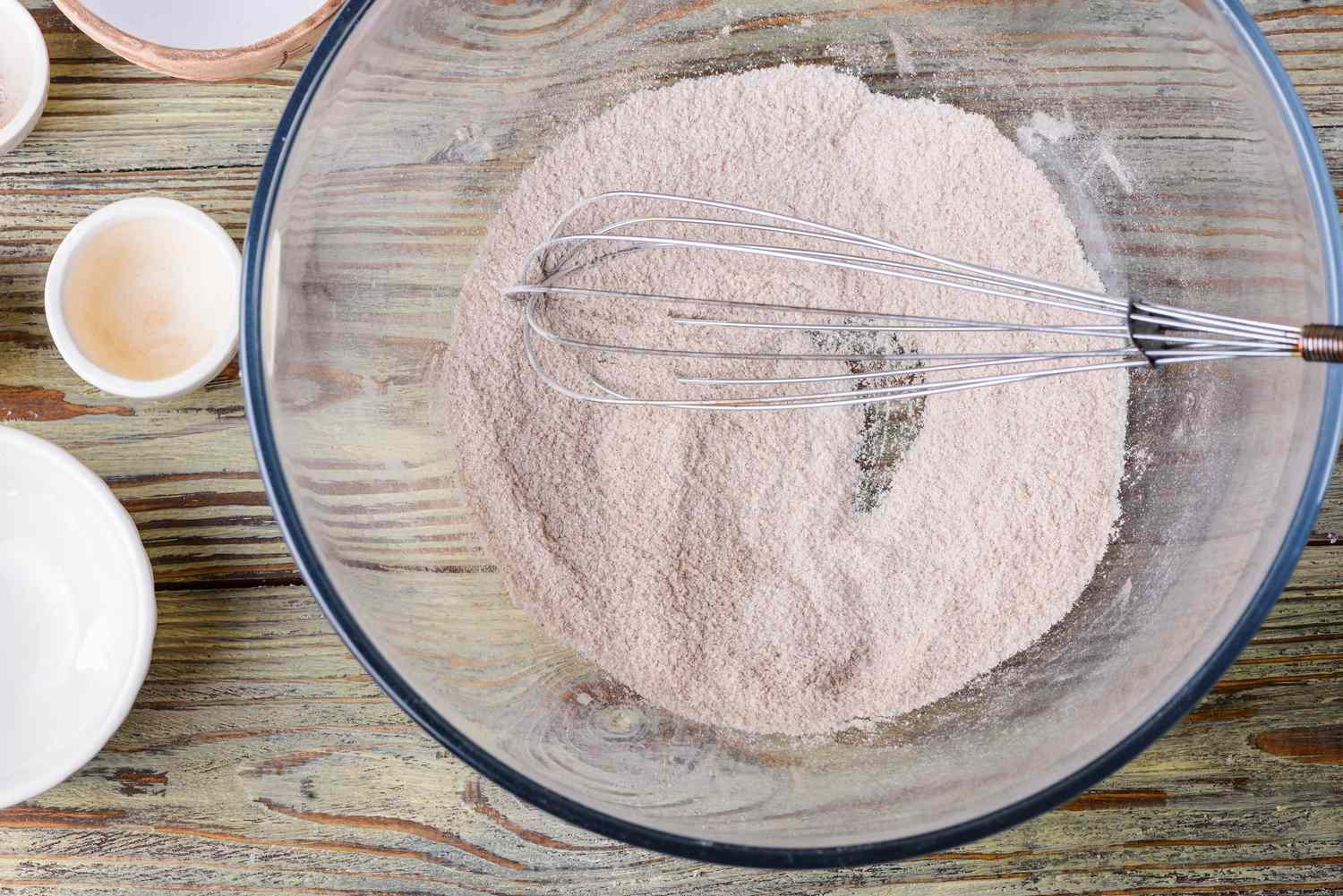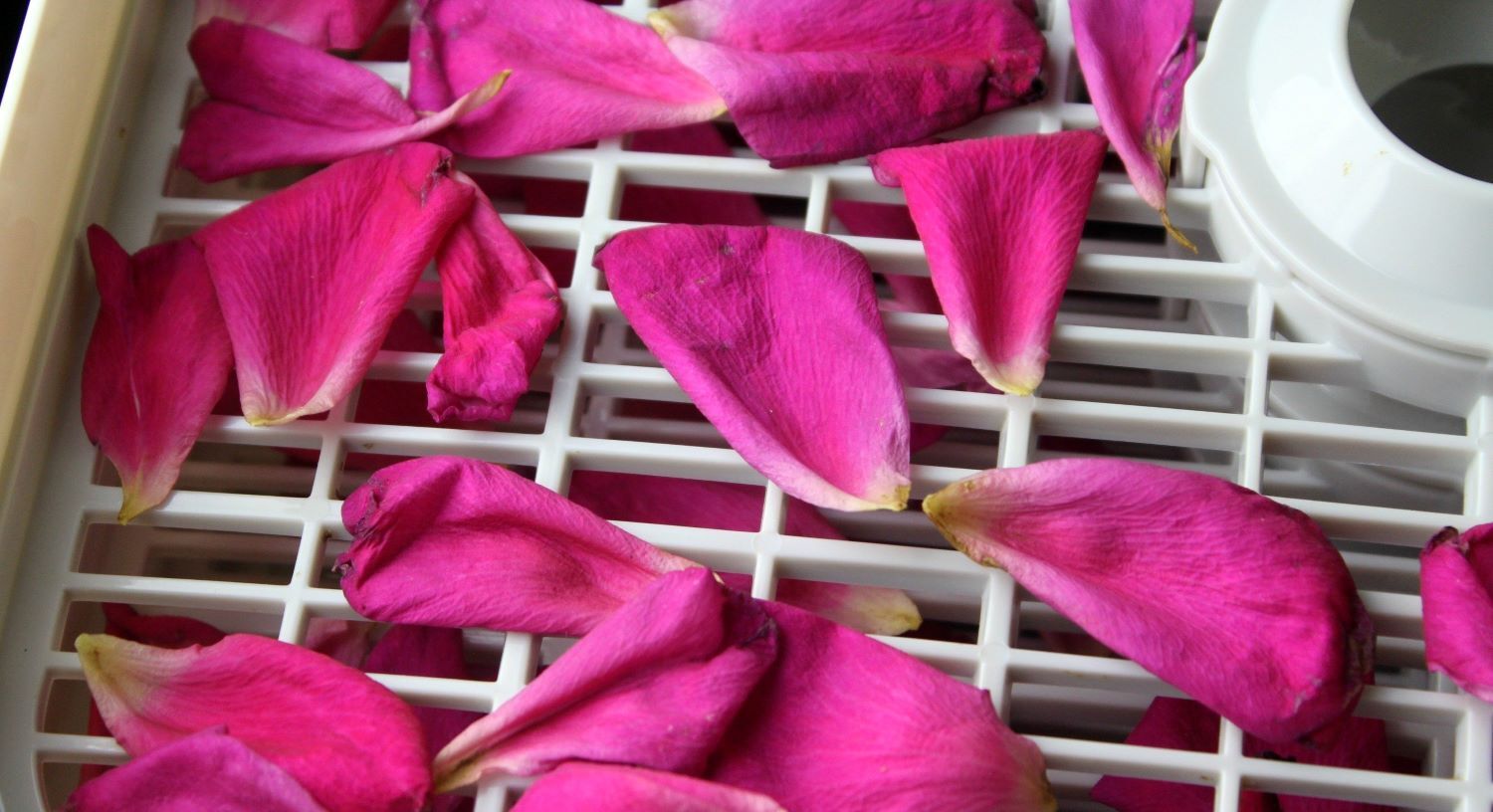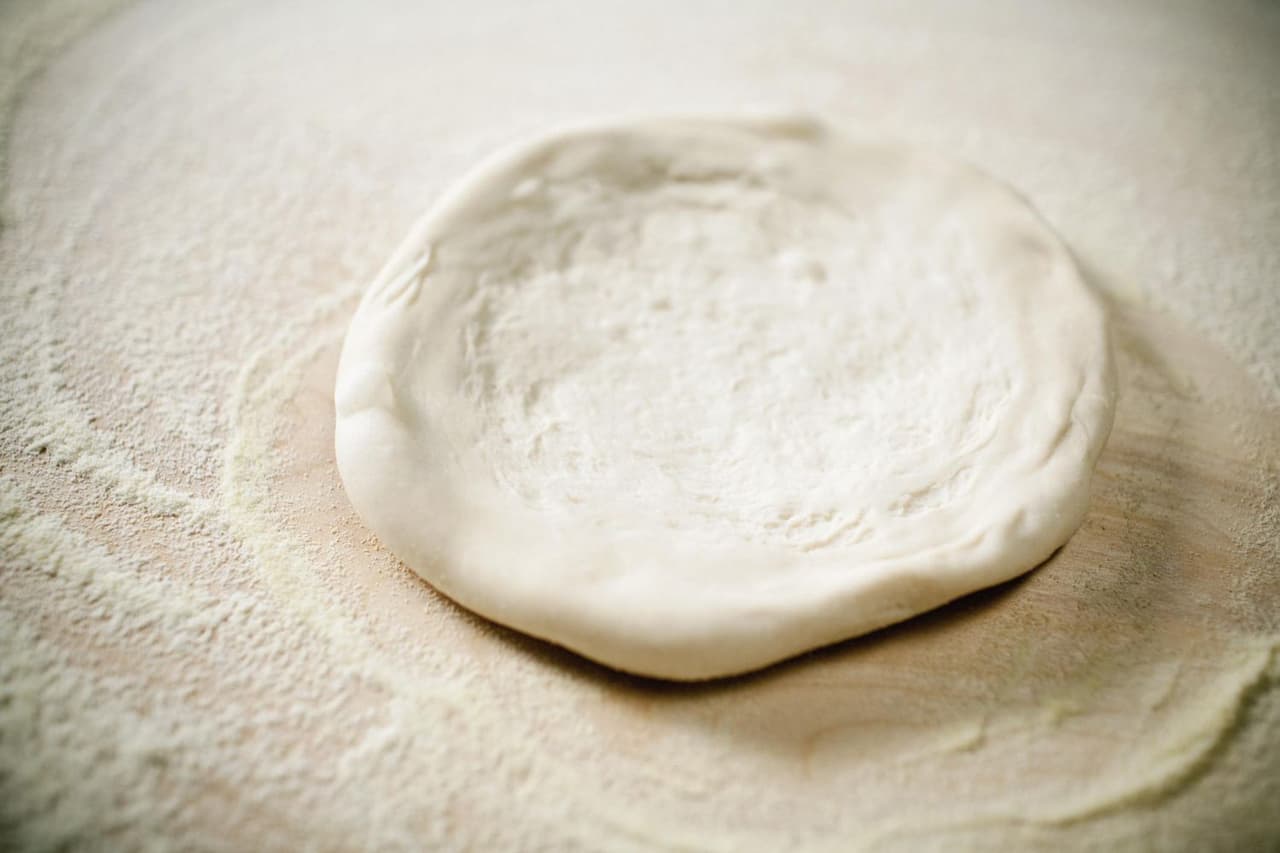Starter-Along Sourdough Bread Recipe | Bread Baking Made Easy
Are you ready to embark on a delicious bread-baking journey? Look no further! In this article, we will guide you through the process of making a mouth-watering sourdough bread using a starter. You don’t have to be an expert baker to achieve a warm, crusty loaf with a tangy flavor. Let’s get started!
The Magic of Sourdough Starter
Before we dive into the recipe, let’s talk about the star of the show: the sourdough starter. This magical concoction of flour and water harnesses the power of wild yeast, giving your bread its unique flavor and texture. Creating your own starter may seem daunting, but fear not! We have a simple guide to help you get started:
- Mix equal parts of flour and water in a clean container. (For example, 50 grams of flour and 50 grams of water)
- Cover the container loosely with a clean cloth and let it sit at room temperature for 24 hours.
- After 24 hours, discard half of the mixture and feed it with fresh flour and water. (Again, equal parts)
- Repeat the feeding process once a day for a week, until you see bubbles forming and a tangy aroma.
Congratulations! You now have a lively sourdough starter ready to be used in your bread-baking adventures.
Let’s Bake Some Sourdough Bread!
Now that you have your starter bubbling away, it’s time to put it to good use. Follow this simple recipe to create a delicious loaf of sourdough bread:
- Ingredients:
- 400 grams of bread flour
- 100 grams of whole wheat flour
- 350 grams of water, lukewarm
- 100 grams of active sourdough starter
- 10 grams of salt
- Instructions:
- In a large bowl, mix the bread flour, whole wheat flour, and water. Let it rest for 30 minutes, allowing the flour to absorb the water.
- Add the sourdough starter and salt to the bowl. Mix well until all the ingredients are fully incorporated.
- Cover the bowl with a clean cloth and let it sit at room temperature for about 6-8 hours, allowing the dough to rise and develop flavor.
- After the bulk fermentation, transfer the dough onto a well-floured surface. Fold the dough a few times to shape it into a round and smooth ball.
- Place the dough into a proofing basket or a well-floured bowl, seam-side up. Cover it with a cloth and let it rise for another 2-3 hours.
- While the dough is rising, preheat your oven to 450°F (230°C). Place a Dutch oven or a covered baking dish inside the oven to heat up.
- Once the dough has risen, carefully remove the hot Dutch oven from the oven. Turn the dough into the pot, seam-side down. Score the top of the dough with a sharp knife to allow for expansion.
- Cover the Dutch oven with the lid and bake the bread for 30 minutes. After 30 minutes, remove the lid and continue baking for another 15-20 minutes until the bread has a golden crust.
- Remove the bread from the Dutch oven and let it cool on a wire rack for at least 1 hour before slicing.
And there you have it! A delectable homemade sourdough bread that will have your taste buds dancing with delight. Enjoy your creation with your favorite spreads or use it to make sandwiches that will take your lunch game to the next level.
Final Thoughts
Baking sourdough bread is an art form that brings a sense of accomplishment like no other. By following this starter-along sourdough bread recipe, you are not only creating a delicious treat but also connecting with a tradition passed down through generations. So, gather your ingredients, start your vibrant sourdough starter, and let the aroma of freshly baked bread fill your kitchen. Happy bread baking!


